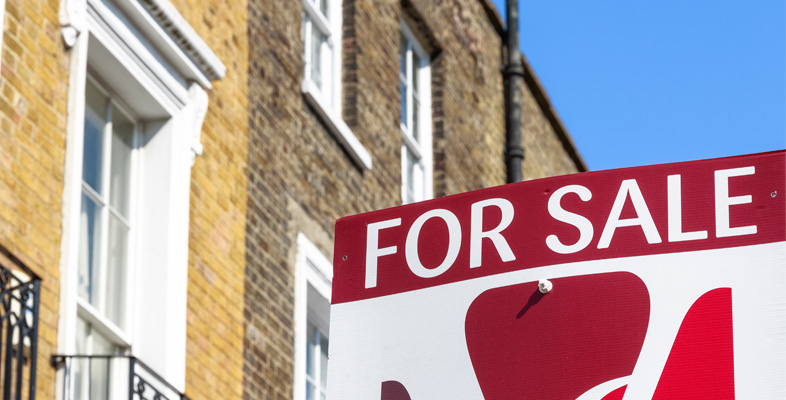5.3 Demand and supply in action
In Figure 3 you saw that real house prices in different countries went up and down between 2006 and 2017, albeit with an upward trend after 2010 in many countries. In the next activity you’ll look at news items describing some of those house price movements and try to identify whether the cause was due to changes affecting supply, demand or both.
Activity 17 Effect of demand and supply on house prices in different markets
Select each headline below. For each article that goes with the headline, identify whether the factors mentioned reduce or increase demand for housing, supply of housing, or both, and describe briefly the associated impact on house prices.
Article 1: UK house prices fell in August, Halifax says
House prices fell in August, amid signs of a slowdown in sales over the summer, according to the latest figures from the UK’s biggest lender.
Prices fell by 0.2% over the month to an average of £213,930, Halifax said. The drop followed a 1.1% fall in July, and pushed the annual rate of growth down to 6.9%...
Activity in the housing market has dropped off since the early months of the year, when investors brought forward purchases to beat new stamp duty rates for second homes introduced on 1 April.
Since the Brexit vote in June, there have also been signs that buyers and sellers are holding off from entering the market, with the Royal Institution of Chartered Surveyors (RICS) forecasting a sharp fall in sales as a result…
Jonathan Hopper, managing director of Garrington Property Finders, which helps wealthy clients buy homes in the South-east, said: “…With both supply and demand falling, the result is a benign stalemate – with average prices creeping up as the number of sales falls.
Article 2: Brazil Real Estate To Fall ‘Deeper’ In 2017 [Tip: hold Ctrl and click a link to open it in a new tab. (Hide tip)]
Article 3: Ticking time-bomb lies under Berlin’s property market
…Between 2015 and 2020 household numbers are forecast to increase by 74,000, according to the city’s statistics office. Over that time, Ziegert, the estate agent, estimates that the city needs to build 20,000 new homes per year. The number of homes completed in 2015 was 10,722; over the three years before, the average was fewer than 7,000.
This scarcity has helped drive recent price gains. According to Ziegert, average prices for prime property (the top 5 per cent of the market) gained 10 per cent in the three months to June, compared with a year before. They are up 27 per cent on the same period in 2014.
…Buyers of mid-market homes, meanwhile, could be in for steep price rises. A February report from the Cologne Institute for Economic Research found that only 20 per cent of the two-bedroom flats required to satisfy demand between 2011 and 2015 had actually been built.
…Making up the shortfall in this bracket will be no easy task. Building codes — especially those enforcing energy efficiency — are getting stricter every year, says Fisher. Along with rising land prices, this is making it harder for developers to make money out of building mid-level homes.
Discussion
In the first article, lower demand in the UK, which reduces pressure on prices, is explained by the end of rush to beat new rules on stamp duty for second homes. In the South-East, demand and supply are both falling but demand is stronger than supply, so prices are rising slightly rather than falling.
The second article explains that lower demand for housing in Brazil is due to economic recession, high unemployment and job insecurity. This creates downward pressure on householders’ incomes, in parallel with a reduction in availability of mortgage finance and subsidies by the state. As demand shifts to the left, prices are pushed down. However the article also mentions factors that may limit falls in prices, owing to limited supply of housing, in Rio and Sao Paulo (although the factors causing such limited supply are not mentioned).
In the third article, it’s suggested that higher demand for housing from an increasing Berlin population is pushing up prices as supply remains limited owing to pace of development not keeping up. Both top-end and mid-market property prices are on a steep rise. On the supply side, building more mid-market properties seems to be less attractive for developers owing to regulatory factors.
